
I’ve never been a fan of a tragically terrible New York City sports team. But I am aware of what it’s like to put your heart and soul into an NYC-based institution that you know has the potential to be great. And also how it is to feel entitled to that greatness, which makes its failure to materialize seem like a personal injury. After all this time, you deserve this, don’t you? It’s a delusion that drives normal, sane people to expect a different result from the same flawed characters, who in reality are doomed to perpetually confound, confuse, and disappoint those who care about them most.
I don’t love the Mets or the Knicks. But I will always adore The Strokes. They are my Mets and Knicks rolled into one.
I suspect that The Strokes are aware that they are perceived as underachievers. Their forthcoming, Rick Rubin-produced album, The New Abnormal, ends with a song called “Ode To The Mets.” Should they ever tour behind this LP, perhaps they will hire James Dolan’s misbegotten blues band, JD and the Straight Shot, to open. Though that might be one meta bridge too far.
I’ll have more to say about The New Abnormal — and whether it succeeds as the comeback that people like me want it to be — when I review it next week. For now, I want to focus on The Strokes’ career up until this point.
Everyone thinks they have this band pegged: Peak early with Is This It, repeat themselves with Room On Fire, slip and fall with First Impression Of Earth, and then descend further on Angles and Comedown Machine. And that … is broadly true. But even things that are “broadly true” can also be wrong in countless small ways. The fact is that The Strokes have never made a boring record. Even their failures are interesting, and contain at least two or three songs that most rock bands couldn’t touch on their best albums.
Let’s go back and explore this band’s inarguable triumphs as well as the misfires that secretly contain largely undiscovered goodness. Here are the best 25 songs by The Strokes.
25. “Bad Decisions” (2020)
A core attribute of Strokes’ songs is the ability to conjure the feel of a song you already love without (in most cases) directly ripping it off. This single from the forthcoming The New Abnormal shows that they are still very adept at this trick. The guitar tone of “Bad Decisions” instantly evokes Modern English’s heart-exploding ’80s oldie “I Melt You,” albeit with a fresh coat of urban grime. (It also veers so close to “Dancing With Myself” that Billy Idol was awarded a co-writing credit.) Of course, “Bad Decisions” also recalls The Strokes’ own pitch-perfect way with spiky power pop. It sounds like the music of the aughts summoning the music of the ’80s, a profound double-exposure of mixtape melancholy.
24. “Welcome To Japan” (2013)
Comedown Machine truly is a departure point in The Strokes’ discography, separating the casual fans who are merely nostalgic for Is This It, and the hardcore believers who have followed Julian Casablancas into the deepest recesses of The Voidz wilderness. I tend to lean toward the latter camp, which is why I regard Comedown Machine as the band’s great “bad” record, a work loaded with straight-up goofy experiments and fascinating misfires that reveal deeper truths about how this band operates. Were tTe Strokes trying to stretch themselves, or did they actually not care at all about making a new Strokes album? I’ll never tire of speculating on either scenario. One of the most successful tracks is this sort-of travelogue, which includes one of Casablancas’ greatest non-sequiturs: “What kind of asshole drives a Lotus?”
23. “You Only Live Once” (2006)
The Strokes might not be the most reliable band, but you can always count on them to deliver a killer Side 1, Track 1. This album opener from First Impressions of the Earth is so sturdy and confident that it belies what is in fact one of the shakiest and least consistent Strokes LPs of all. It’s an early peak that the rest of the record will usually fail to hit. (This track was later repurposed by Casablancas in dramatically stripped-back form for the beloved solo track, “I’ll Try Anything Once.”)
22. “Trying Your Luck” (2001)
The amount of hype that greeted Is This It in the fall of 2001 instantly divided rock fans into acolytes and skeptics. To be fair, the skeptics had reason to feel like The Strokes were being sold a little too hard. The opening sentence of Rolling Stone‘s review of Is This It was typical of the tenor of NYC-based music publications: “This is the stuff of which legends are made.” (The magazine also dubbed them America’s best young rock band, practically from the moment they arrived on the national scene.) What made The Strokes so seductive — even more than the scores of great songs larded into Is This It — was mystique. They put it on like the rest of us try on a too-tight T. Rex T-shirt. This is easier to appreciate two decades after the fact. Just play the clip above of them playing the wistful Is This It deep cut “Trying Your Luck.” This is the last band that really knew how to smoke and play guitars simultaneously.
21. “The End Has No End” (2003)
Upon the release of Is This It, eager music critics quickly compared them to the greats of gritty NYC rock: The Velvet Underground, Television, the Ramones. But in reality, they often lifted ideas from the giants of late-’70s and early-’80s FM rock, like Tom Petty, Blondie, and especially The Cars. They really get their Candy-O on this vaguely political Room On Fire track, where Casablancas postulates that “It’s not the secrets of the government that’s keeping you dumb / Oh, it’s the other way around.” Coming after Is This It, which was rock’s signature escapist post-9/11 rock album, it was as if The Strokes were subtly acknowledging that there was no hiding from a nation about to wage two wars.
20. “Machu Picchu” (2011)
Angles is the most unfairly maligned Strokes album, and that’s mostly the fault of The Strokes themselves. The album cycle, frankly, was a disaster, with Casablancas openly expressing disinterest in Angles, while the rest of the band complained that their frontman was mostly out-of-pocket during the sessions. (Apparently he communicated song ideas with his bandmates strictly via email.) This inevitably created an impression about arrival that Angles should be treated as an afterthought. This is unfortunate, as Angles includes some of the best pop songs The Strokes have ever committed to tape, starting with the album’s opener, which showcases the band’s underappreciated funky side, cross-breeding Rio-era Duran Duran with Men At Work’s “Down Under.”
19. “Between Love & Hate” (2003)
A secretly popular contrarian opinion among Strokes boosters is that Room On Fire is actually better than Is This It. I happen to hold that particular opinion, and allow me to briefly explain why: On Room On Fire, The Strokes became a great groove band. While Is This It might ultimately boast superior songwriting — though I’m not fully prepared to concede this — the band plays together much better on Room On Fire. “Between Love & Hate” is a good example of how The Strokes became a rock ‘n’ roll rhythm machine in the vein of the early-’70s Stones, with Albert Hammond Jr. and Nick Valensi’s interweaving guitars providing a powerful, ska-infused counter-groove to the simple yet potent foundation provided by drummer Fab Moretti and bassist Nikolai Fraiture.
18. “One Way Trigger” (2013)
Does any phrase sum up the batty charms of Comedown Machine than “The Strokes go klezmer”? That’s precisely what they did on the album’s initially annoying but ultimately endearing curveball single, which also manages to sneak in a subliminal musical allusion to A-Ha’s “Take On Me.” Factor in Casablancas’ affecting falsetto, and this actually sounds more like a Voidz track than classic Strokes. Though given how lost the band seemed at this point, the manic sorrow of “One Way Trigger” feels like an accurate internal barometer of deep discontent.
17. “Razorblade”
During the press cycle for First Impressions Of Earth, The Strokes were already being treated as interesting disappointments. By then, a micro-generation of bands plainly influenced and inspired by Is This It and Room On Fire had come along and lapped The Strokes commercially, including Franz Ferdinand and especially The Killers. “There were many conversations along the lines of, ‘I think our songs are better than Mr. Brightside by The Killers, but how come that’s the one everybody’s listening to?’” Valensi told Spin in 2006. Ultimately, Valensi conceded “Mr. Brightside” sounded more like a pop hit than any Strokes single, and The Killers weren’t nearly as self-destructive. For The Strokes, engaging with pop always always had to have a subversive edge. Take “Razorblade,” the catchiest could-have-been hit from First Impressions, which just so happens to sound a lot like Barry Manilow’s schlock 1973 smash “Mandy.” Even at their poppiest, The Strokes still had to subtly mock the machine.
16. “The Adults Are Talking” (2020)
Bringing in Rick Rubin to produce The New Abnormal seemed like a uniquely self-aware career move. After all, Rubin is the leading guru for aging rock bands looking for a fresh start. I’ll have more to say on whether Rubin successfully helped The Strokes rediscover their inner, indelible Strokes-y selves in my album review next week. But for now, a tip of the cap to The New Abnormal‘s opening track, a minor-key new wave beauty with gorgeous guitar arpeggios that stands as the very best song to come out of this band in some time.
15. “New York City Cops” (2001)
The one famously left off of Is This It, because insisting that NYC police officers “ain’t too smart” in the snottiest voice imaginable was suddenly uncouth after 9/11. Though for me “New York City Cops” also stands as the first great rock moment of 2020, when it was performed at a Bernie Sanders rally in February as actual cops tried to hustle them off the stage. Yes, these guys are in their 40s now. And Julian Casablancas has ditched the leather jackets in order to dress like the Riddler. But there’s no other band that could pull off this display of insolent insouciance on such a grand scale.
14. “12:51” (2003)
Another brilliant example of The Strokes not only ripping off The Cars but actually improving upon them. The Strokes sounded so much wearier and more grown-up on Room On Fire that it was easy to overlook that Casablancas had only turned 25 upon the album’s release. But you can tell when you read the lyrics to “12:51,” which could have been taken from a Blink-182 song: “We could go and get 40’s / Fuck goin’ to that party / Oh really, you’re folks are away now? / Alright, lets go, you convinced me.”
13. “Under Cover Of Darkness” (2011)
For many years I insisted that Angles was my favorite Strokes album. I think I was overcompensating for how poorly the fourth Strokes LP was treated by the rest of the world, including the band themselves. But while my love of Angles is now a little more proportional to the actual quality of the record, I remain dumbfounded that “Under Cover Of Darkness” didn’t automatically become one of the most beloved tracks in the Strokes-iverse. It’s as rousing as anything from Is This It, it has the chops of Room On Fire, and it adds an extra layer of Thin Lizzy-style muscle. One of this band’s most perfect straight-ahead rock songs.
12. “Hard To Explain” (2001)
The first single from Is This It, and the first Strokes song us normies who couldn’t get a hold of The Modern Age EP heard. Upon revisiting, “Hard To Explain” hardly seems like the opening salvo of a revolution. It’s a little too unassuming for that. However, “Hard To Explain” does demonstrate that The Strokes had their act down cold from the beginning. Mathematically placed guitars, mechanical rhythm section, a vocal that somehow sounds both bored and agitated — it was all there at the start. Which is why, unlike most revolutionary songs removed from their moment, “Hard To Explain” still sounds as good now as it did then.
11. “Is This It” (2001)
One of the great opening tracks on a debut album ever. It also showed that The Strokes had a sense of humor about being declared rock saviors before their first LP even dropped. Instead of kicking down the door “Welcome To The Jungle”-style, The Strokes instead hobbled groggily out of bed in the early afternoon, lit a cigarette, and sardonically wondered whether they were really worth all of the trouble. Turns out the answer to that question was more complicated than anyone realized at the time.
10. “What Ever Happened” (2003)
In the bruising, competitive battle for the distinction of best Strokes album opener, I give the slight nod to “What Ever Happened” from Room On Fire. Like “Is This It,” there is an unmissable meta element to this song that serves the ultimate purpose of minimizing expectations with a well-timed shrug. (Though this time, The Strokes do take the “kick down the door” approach.) If you were writing about Room On Fire, you were required to accept the opening lines as thinkpiece fodder: “I wanna be forgotten / And I don’t want to be reminded / You say, ‘Please don’t make this harder’ / No, I won’t yet.”
9. “Soma” (2001)
The Strokes were not the first band to reference the recreational drug used by citizens to distract themselves from a contemporary dystopia in Aldous Huxley’s landmark 1932 novel Brand New World. (Billy Corgan wrote a song called “Soma” for Smashing Pumpkins’ second album, 1993’s Siamese Dream, which these guys undoubtedly heard at some point in high school.) But in the context of Is This It, “Soma” has an interesting double-meaning, given that The Strokes themselves were an immediate distraction from the horrors of post-9/11 America. An old-school rock band that arrived at the outset of a new century in which old-school rock bands were increasingly anachronistic, The Strokes symbolized a classic version of NYC cool right at the time when NYC was most imperiled. Looking at the lyrics of “Soma,” it’s as if this significance was baked in from conception, especially the opening line: “Soma is what they would take when hard times opened their eyes.”
8. “Taken For A Fool” (2011)
Just as The Strokes thrived on expertly pilfering the most delectable sounds and melodies of our collective new wave and post-punk past, The Strokes themselves became a popular reference point for the bands that arrived in their wake. None more so than Phoenix, whose best work from the late aughts coincided with The Strokes’ extended hiatus from the rock world. By the time they returned after a five-year absence with Angles, The Strokes showed that were not above lifting from the people who lifted from them. Enter “Taken For A Fool,” Angles’ best pure pop song, which distills Phoenix’s Wolfgang Amadeus Phoenix back down to its component Room On Fire parts without losing the French band’s impeccable gleam.
7. “Automatic Stop” (2003)
The peak of The Strokes’ under-appreciated ska period, “Automatic Stop” was actually inspired by Cyndi Lauper’s “Girls Just Want To Have Fun,” Albert Hammond once claimed in an interview. I’d like to think that these boys wanted to have fun by listening to Operation Ivy while smoking enough weed to make the rhythms feel half as slow. Beyond that baseless speculation, “Automatic Stop” is an alluring portrait of post-Is This It decadence, a kind of PG-rated “Walk On The Wild Side” in which Casablancas drones about how there’s “so many fish there in the sea / she wanted him, he wanted me.”
6. “Someday” (2001)
The Strokes were able to deflect accusations that they were mere rock revivalists because nostalgia was one of their great subjects. Even when they were young and about to embark on a great adventure of sex, drugs, and rock ‘n’ roll, The Strokes were already pining for something vital they felt they had lost. One of their greatest songs about this topic, “Someday,” has the ache of a young adult who wishes he was still a kid, even if he’s still living like a kid. One thing you lose as you age is closeness with your boyhood bros, and Casablancas could already feel that. “I say alone we stand, together we fall apart,” he hollers. Of course, The Strokes did manage to stick together, though they also often fell apart together in the process.
5. “Life Is Simple In The Moonlight” (2011)
The saddest Strokes song, and also the only one that references Cornel West. It just sounds like a sonic manifestation of regret over squandered potential. When they performed it on Saturday Night Live, I thought they might break up the next day. A decade on from Is This It, they looked wasted and exhausted, with Casablancas seemingly struggling to remember his own lyrics. It wasn’t good in the conventional sense, and yet I’m always riveted whenever I revisit the clip. The tension in this performance is watching Casablancas decide in real time whether he wants this to be the best TV performance ever, or the worst, and wavering between the two like an impaired driver struggling to keep his car on the road.
4. “The Modern Age” (2001)
Is This It was an in-joke of an album title. The Modern Age EP meanwhile was a provocation, a look-at-us-in-our-f*cking-cool-ass-leather-jackets move designed to send the press into hysterics. Ingeniously, it was available in the UK first, because the press there is famously more excitable about cool-ass-leather-jacketed Americans who declare that they are harbingers of a new movement. There are those who will insist that The Strokes peaked with opening title track from the EP, which is faster and rawer than the version that ended up on Is This It. I prefer the Is This It track, which makes up in swagger what it lacks in frantic immediacy. Though maybe I’m just being defensive over not being there when The Strokes first exploded. If you value The Strokes first and foremost as a paragon of rock coolness — a totally defensible position — they never got any cooler than “The Modern Age.”
3. “Reptilia” (2003)
On the other hand, if you value The Strokes for their ability to rock, then this has to be your go-to track. Because of their inherent economical nature, this band never gets the credit they deserve as shredders. Albert Hammond and Nick Valensi aren’t virtuosos, but they are a virtuoso guitar tandem, effortlessly interlocking lines like Tom Verlaine and Richard Lloyd slumming it on side 1 of Sticky Fingers. When Casablancas screams that the room is on fire, you know exactly where the fuel is coming from.
2. “Under Control” (2003)
One songwriting trope The Strokes have almost entirely avoided is the love ballad. The great exception is “Under Control,” their homage to Otis Redding, Percy Sledge, and all the other makers of epic, sexy ’60s soul. Only this song is directed by Casablancas to his bandmates, and it’s about how fame is slowly but surely destroying their friendship. “We worked hard, darling,” he concedes. “We were young, darling,” he sighs. But this won’t be true for long. So why not enjoy one more round for the road, while we still can?
1. “Last Nite” (2001)
For The Strokes, “the goal was to be really cool and non-mainstream, and be really popular,” Julian Casablancas declared in 2003. In that respect, their career is a failure. The Strokes were maybe 10 percent as popular as Linkin Park in the early aughts, at least in terms of album sales. But if The Strokes were never hugely popular, they did become famous, in that people really loved to look at them, maybe even more than listen to them. And that all started with the video for “Last Nite.” While people can debate over who was the best band of this era, there was no band that was better at looking like a rock band than The Strokes. If that sounds like I’m selling the music short, I’m really not. “Last Nite” is one of the most purely enjoyable and fun rock songs of the last 20 years. But what ultimately has made me a Strokes fan for life is that, like all iconic rock bands, the music is only part of it. Maybe only about 60 to 65 percent, in fact. The rest comes from your own imagination. How fun is this band to think about? How excited do they make you to care about rock ‘n’ roll? Who else can give you the feeling you get when, at the 51-second mark, the camera pans across the band to reveal all of the cast members: The Stoic Bass Player, The Guitarist Who Rocks, The Cute Drummer, The Isolent Singer, and The Guitarist Who Rolls. This is The Strokes. But it’s also every other band, both real and imagined, that has ever been and will ever be. Just as “Last Nite” is also “American Girl” and “Mr. Brightside.” If you think that’s just hype or folly, well, some people they don’t understand.


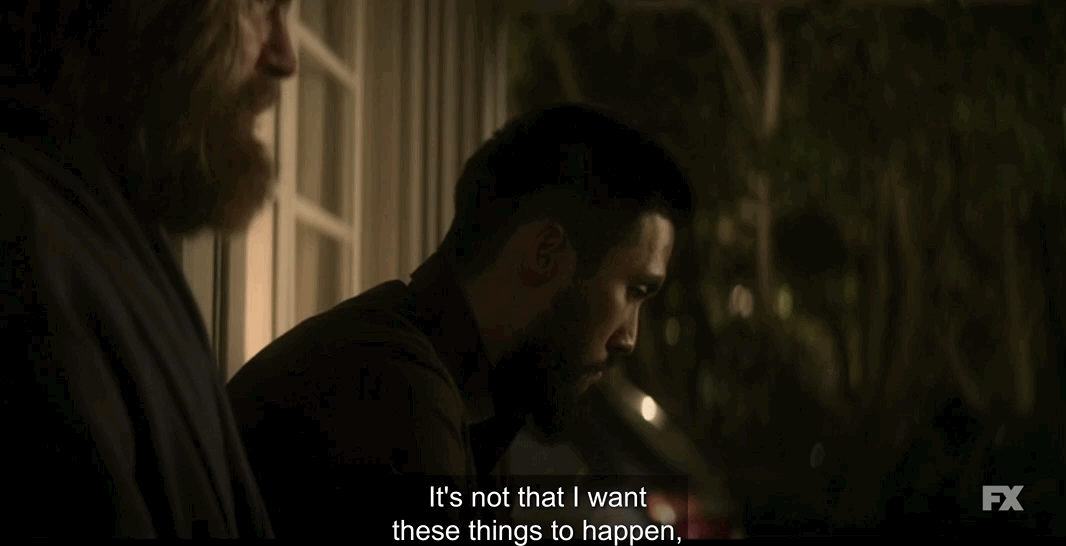
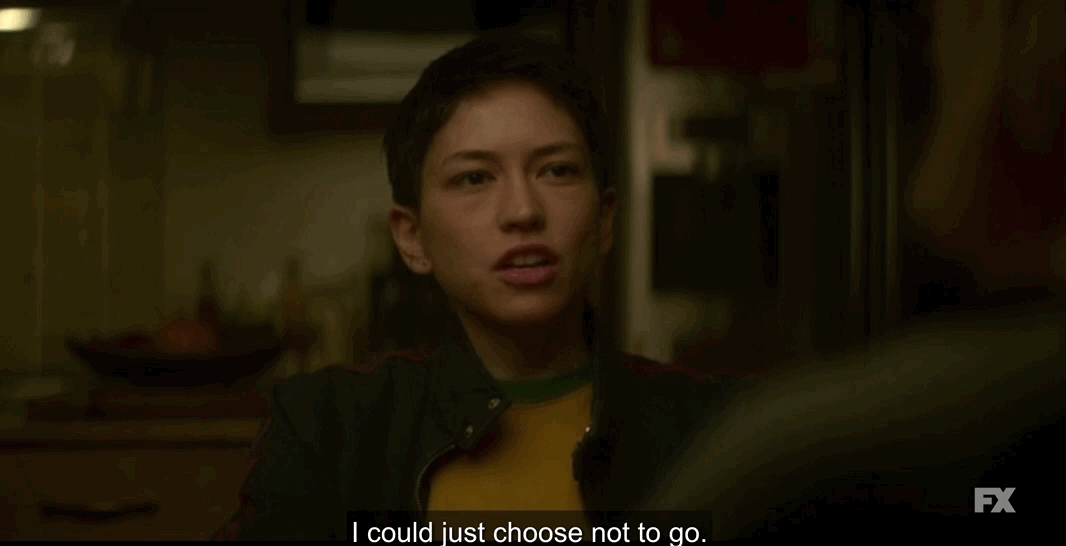
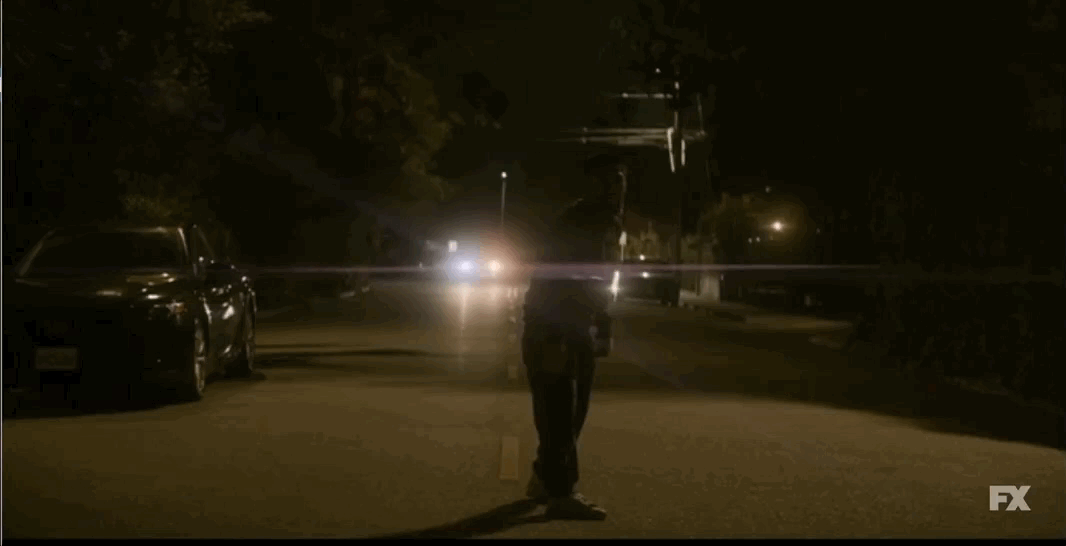
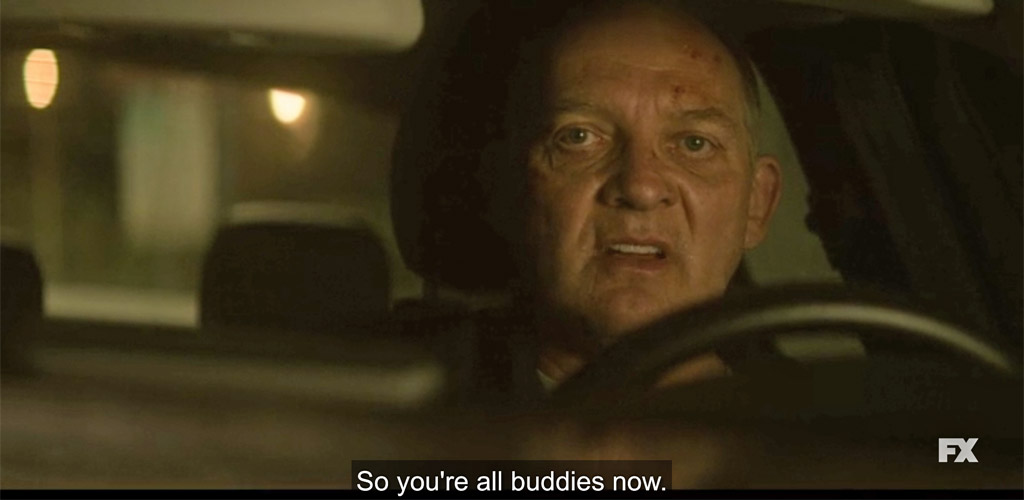
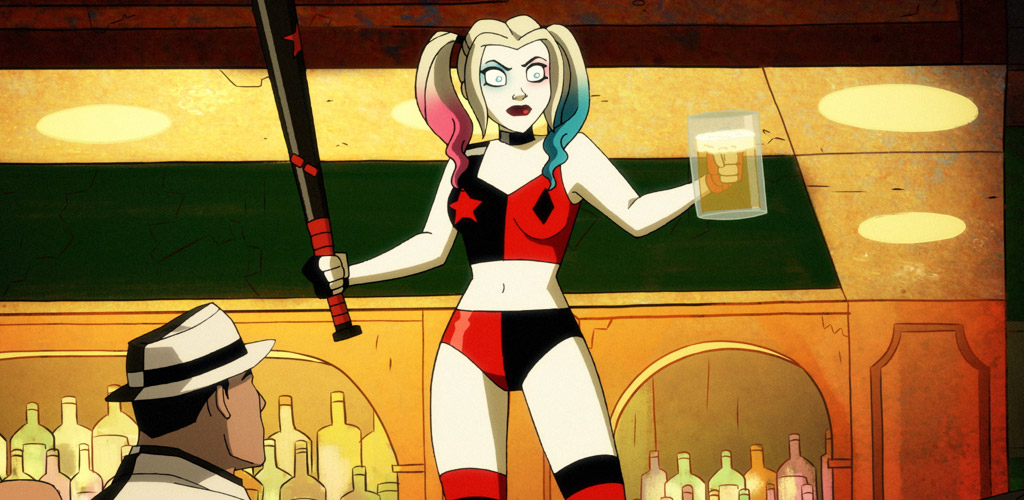
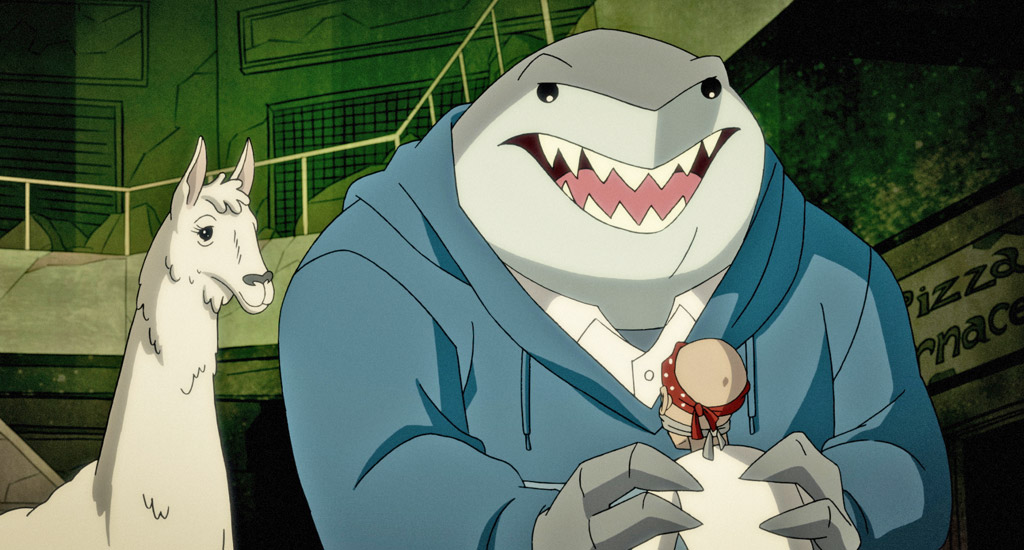
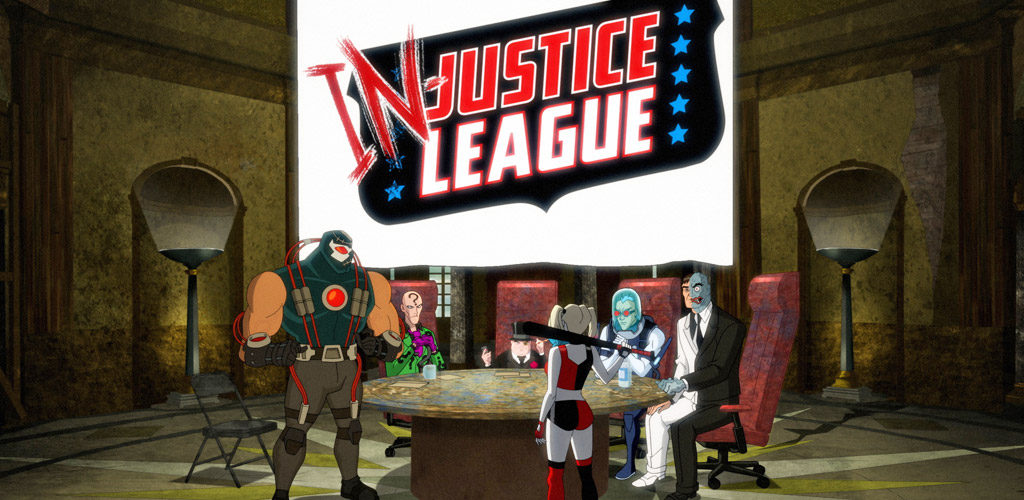



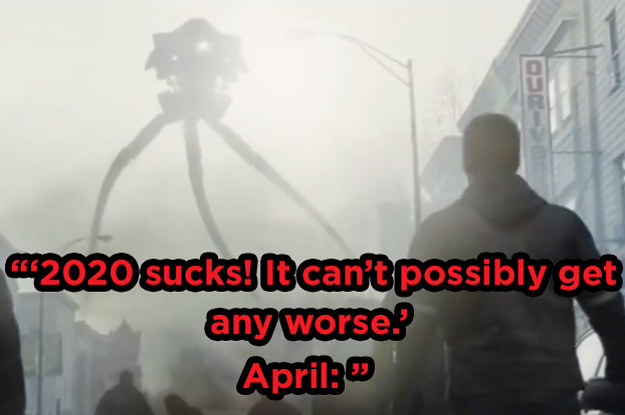
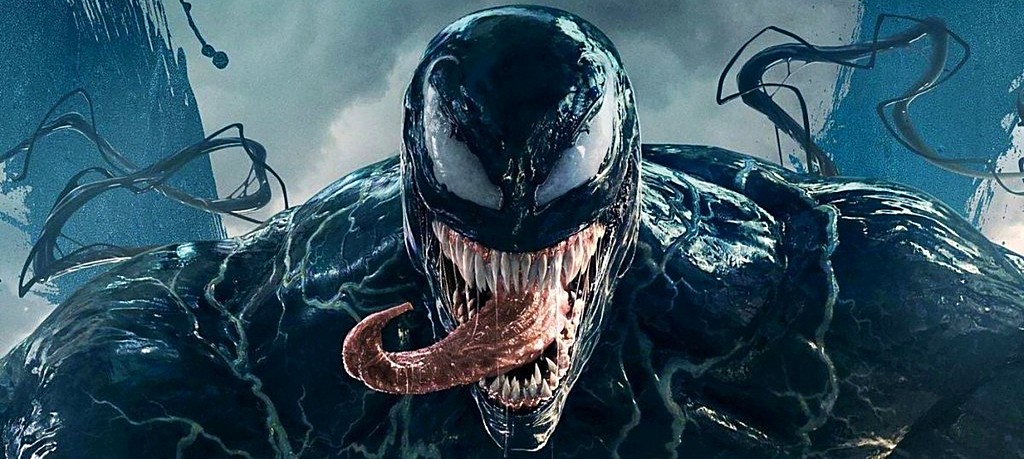
 (@TristanGHill)
(@TristanGHill)  (@cultleaderresca)
(@cultleaderresca)  maybe 20ft spiders from a galaxy far far away.
maybe 20ft spiders from a galaxy far far away. 